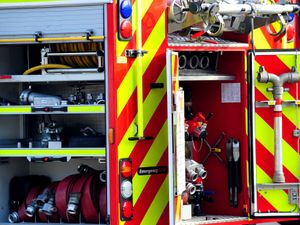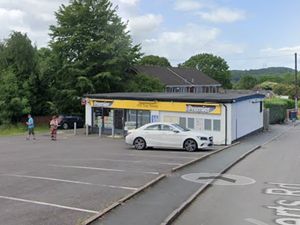The Nine Men of Madeley: Boxer Richie Woodhall moved by Telford coal mining tragedy
Shropshire-born former world boxing champion Richie Woodhall was shocked by his insight into life as a coal miner. Mark Andrews reports.
Having traded punches with Joe Calzaghe, Thulani Malinga and Roy Jones Jr, boxer Richie Woodhall is hardly averse to earning a living the hard way.
But he was left shocked by his brief taste of life as a Shropshire miner, which he says has given him a fresh respect for those who toiled beneath his home town in the days of the Industrial Revolution.
“I couldn’t imagine doing this for 12 hours, I just don’t know how they did it in those conditions,” says Telford’s former world boxing champion, as he takes takes a pick to the coal several hundred feet beneath the ground.
“I just don’t know how they did it in these conditions,” he says, as he empties his mouth of coal dust.
“I would definitely sooner be doing 10 rounds in the ring than doing this. I was only working down there for about 20 minutes, but I really wouldn’t be able to stand it. I’ve never experienced anything like it, it was terrible.”
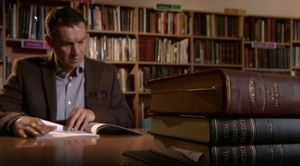
Richie travelled to the National Coal Mining Museum for England in Wakefield, Yorkshire, to get a taste of what life would have been like as a 19th century miner after hearing a tragic tale of how nine miners lost their lives in a disaster at Madeley’s iron ore pit in 1864.
His research – and his brief experience of a miners’ life – was shown in a short film for the BBC’s Inside Out series.
“I have always been interested in local history, and I decided I really wanted to know about the Nine Men of Madeley after the events to commemorate the 150th anniversary of the disaster a few years ago,” he says.
The disaster happened at Brick Kiln Leasow pit, in Madeley, on September 27, 1864.
The site, opposite what is now Telford’s Madeley Academy, is well known to Richie. Known as the “Black Ash”, the pit mound was a popular play area when he was growing up as a youngster on the Woodside estate.
“When I was a kid, I would be playing with my mates over there, playing tick or hide and seek,” he recalls.
“As I got older I would run up and down the mound because it was a very good training run in the mornings.”
At 5.40pm on the day of the disaster, the miners had just come to the end of their shifts and were preparing to return to the surface.
Madeley resident and historian Alison Vermee is the driving force behind a heritage trail and website commemorating the disaster.
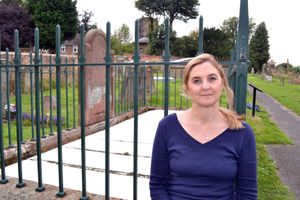
She says: “The nine men had been on a shift, probably a 12-hour shift, they were coming up a mineshaft and the contraption they were coming up on was called the doubles.”
The crude device consisted of a 10ft chain with makeshift “seats” attached, which would then be attached to a winding chain connected to an engine.
During their ascent towards the surface, the hook that connected the lift to the winch somehow became detached.
Three hundred feet up, in almost total darkness, dangling from a single chain, the nine miners plunged to their deaths.
“Benjamin Davies, one of the men who died, he was the ‘hooker on’,” says Alison. “It was his job at the end of the shift to put that hook through the loop and the men would be winched up.
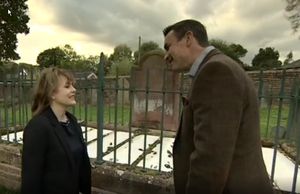
The ‘banksman’ for this shift was one William Wallett – almost certainly the son of Edward, one of the nine men who lost their lives.
Actually describing the miners as “men” is a bit of a misnomer.
Edward Wallet was the oldest, at 52, Benjamin Davies was 35 and John Tranter 37. But the rest were all youngsters: two of them were 18, there was a 13-year-old and a 14-year-old. The youngest was just 12.
Richie says he finds this particularly shocking.
“The first thing that hits you is that the youngest miner was 12 years of age. You hear about kids working down the mines or whatever, but this has really brought it home to me.”
It was far from an isolated incident.
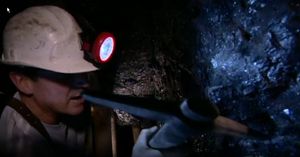
In the 1860s more than 200 miners died in Shropshire, and more than a quarter of them died from falls.
Shropshire’s inspector of mines wrote following the disaster: “As long as the present system of using open shafts without guides continues to prevail, so long will miners fall from the surface.”
The inquest opened the next day at the George and Dragon pub in Madeley Wood, but was adjourned until after the funeral.
It resumed on October 3 at Waterloo Street Police Station in Ironbridge. It was soon clear that all of the equipment had been in good working order and it was concluded that the hook and ring had not been engaged properly.
A verdict of accidental death was returned. It seems likely that human error by hooker-on Davies played a role, but it was also noted that only eight miners were allowed to use the lift at any one time. Edward Wallett and Tranter who were responsible for management of the underground workings, may have felt that because six of the miners were youngsters, it would compensate for the extra body.
As a young man Richie fought at the Anstice Memorial working men’s club, which was named after mining magnate John Anstice.
“Generally speaking, I think he was looked upon as a very good employer, who looked after his employees well, but I think that is in the context of working conditions and observation of the law at the time,” says Alison.
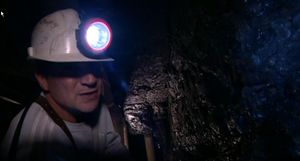
“I think he worked within the law, but then there all these grey areas about how you treat your employees.”
Anstice did at least ensure that the Nine Men of Madeley got a decent send-off, paying for a lavish funeral and a prominent enclosed grave at the top of St Michael’s Church yard in Madeley.
More than 400 miners, together with about 100 relatives and friends, made up the procession, and about another 2,000 attended the church service.
As the coffins were being placed along the aisle the organist played the Dead March from Handel’s oratorio Saul.
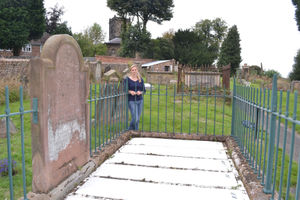
Richie says he was humbled to meet Sue Hyde, the great, great grand-daughter of Edward Wallett, the oldest of the miners to perish in the disaster.
“You hear a lot about the Industrial Revolution in this area, but you don’t hear a lot about the human cost,” he says.
“People forget the contribution that working-class people made to the Industrial Revolution.”

